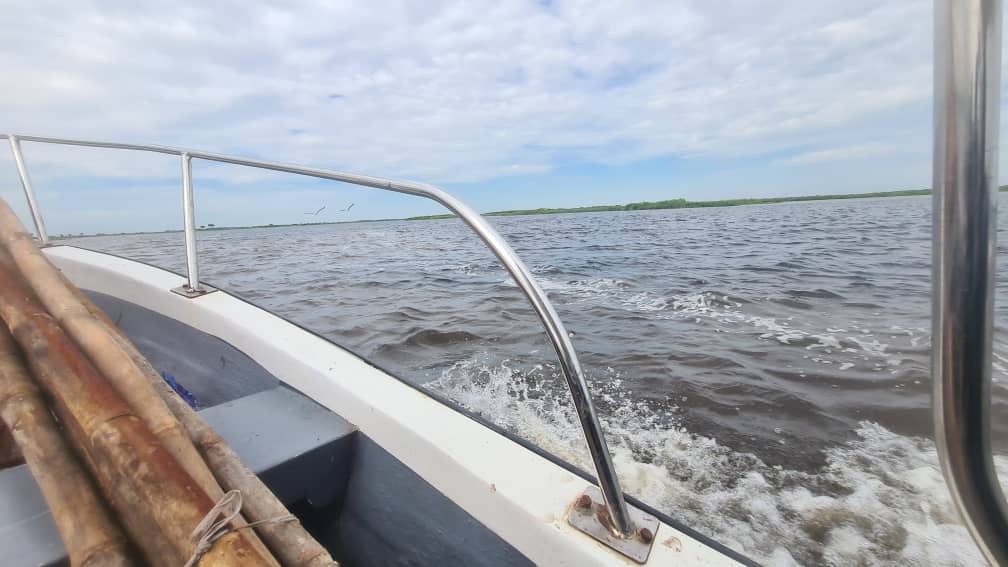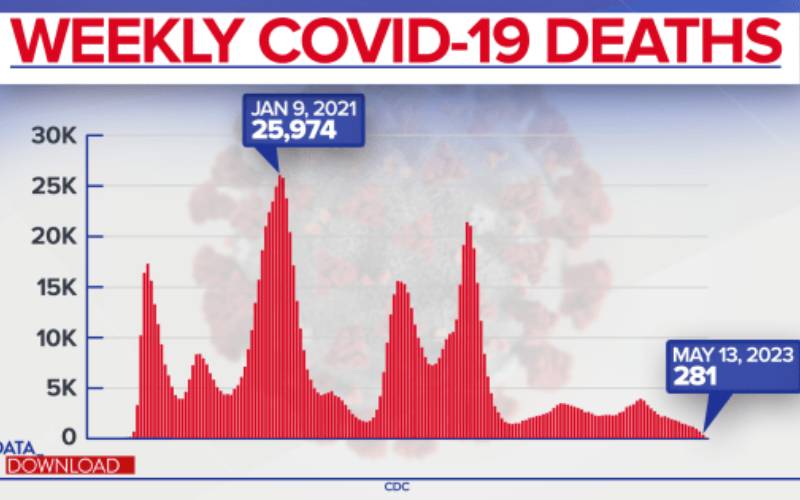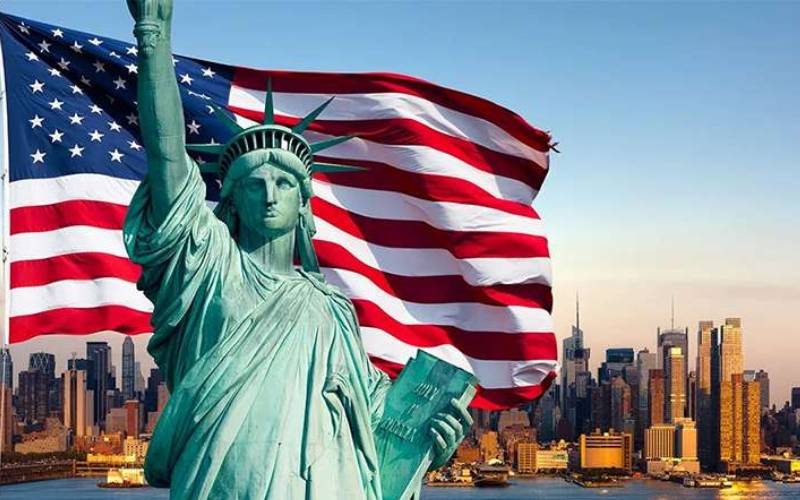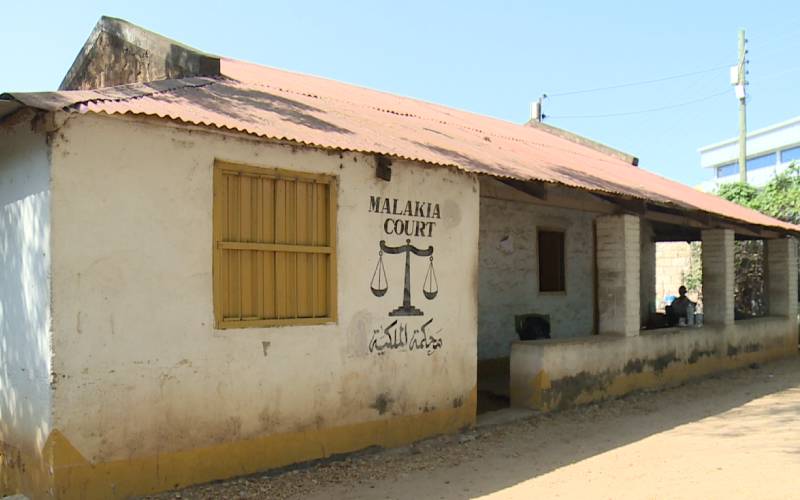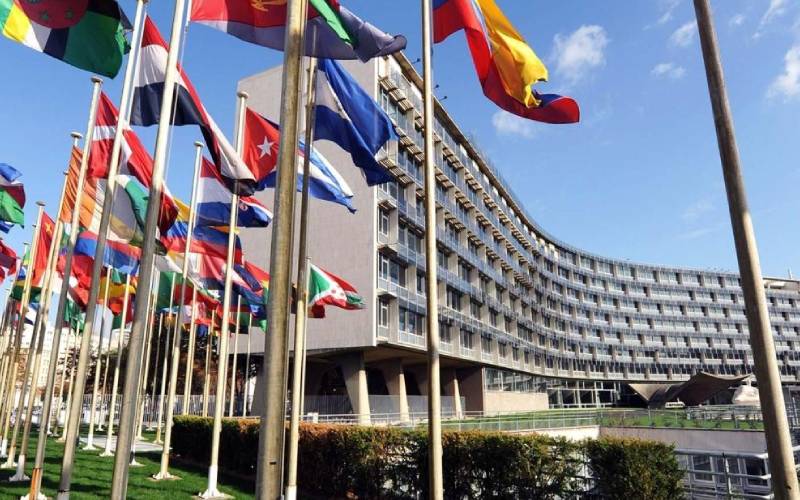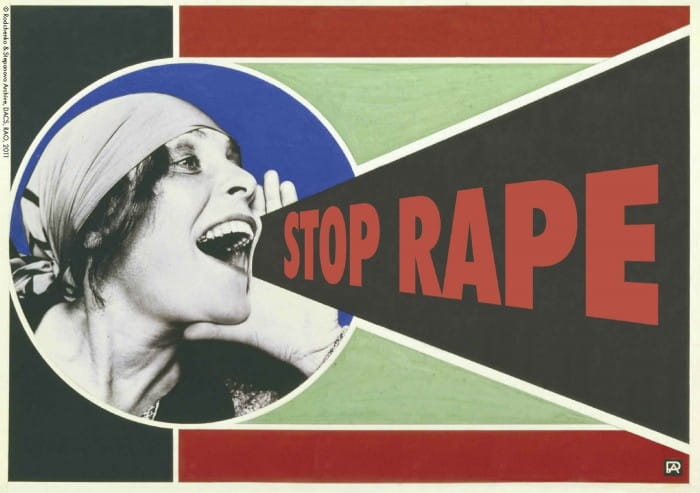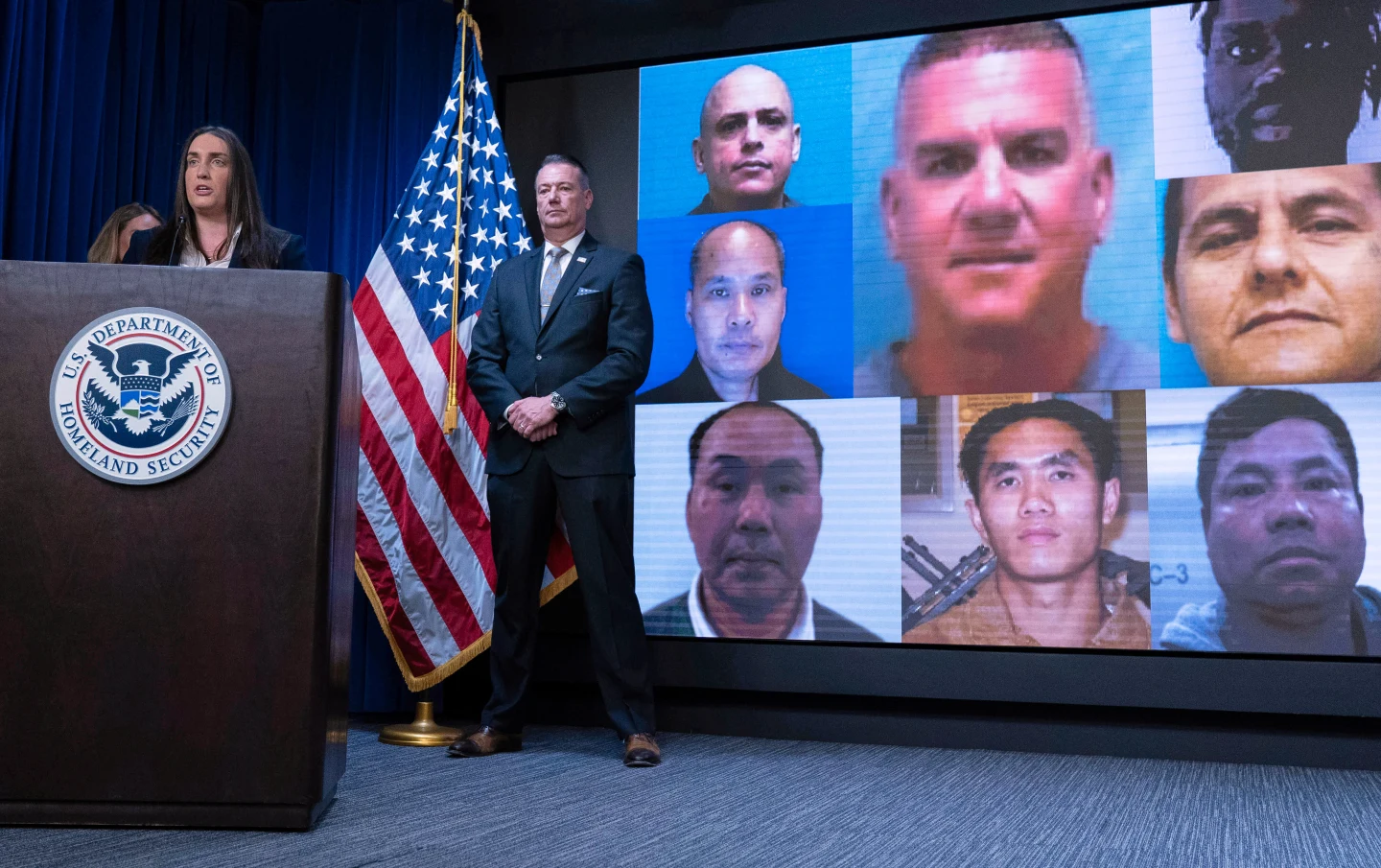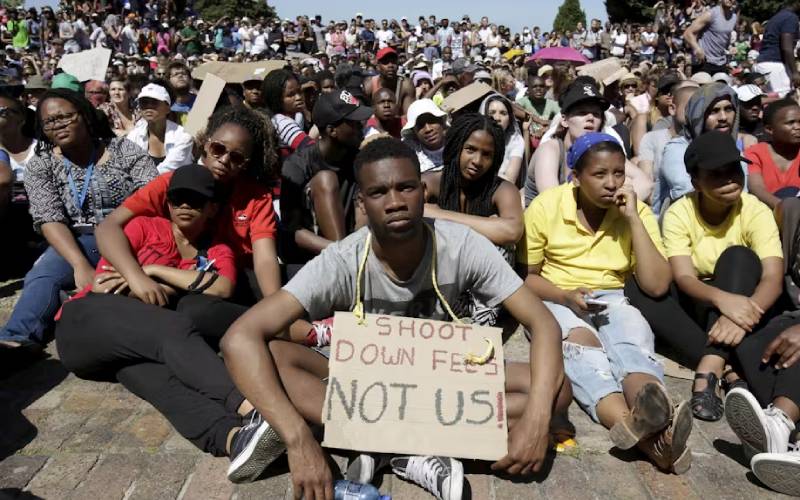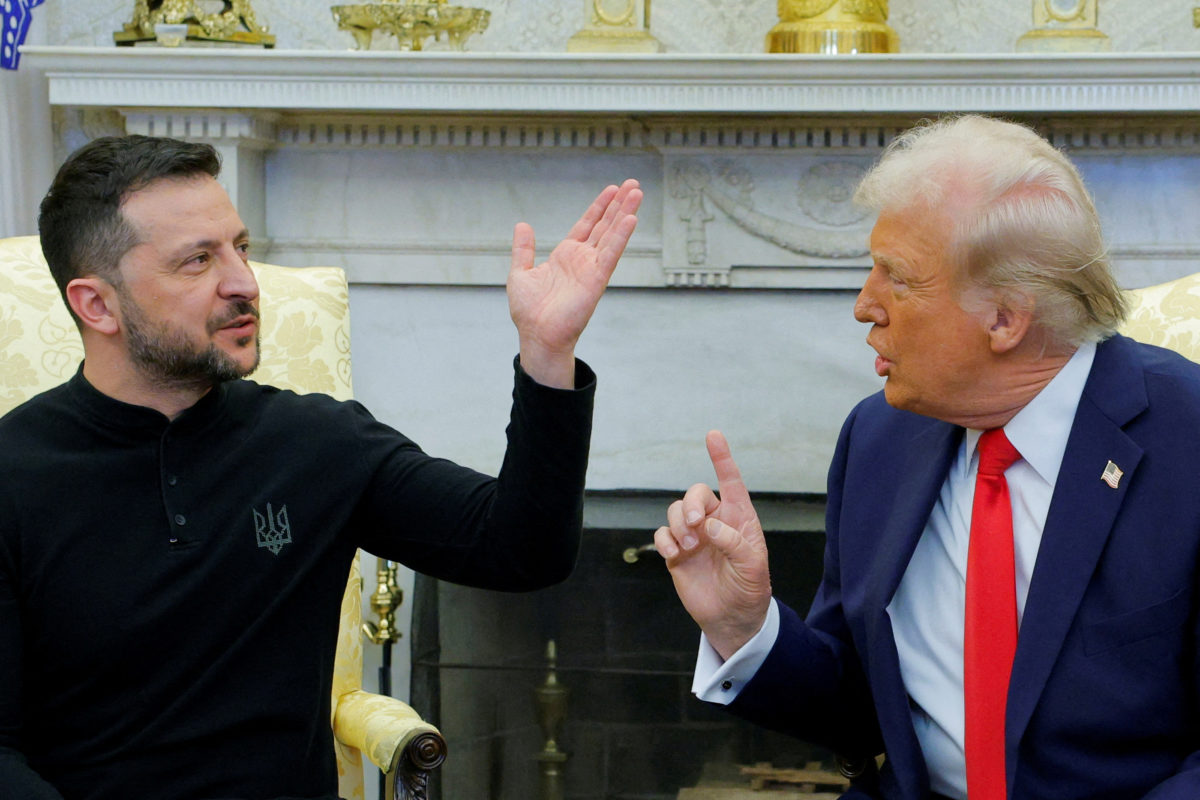On the river port, motorboats sit on the Nile's serene waters in Malakal, South Sudan’s Upper Nile State. Fishermen arrive in canoes full of fresh fish. Women, young and old, run with their South Sudanese pounds to buy fish. Some take it home for consumption; some resell it, while others take it to their small hotels for business.
Young children stand on a wrecked boat and throw their baited fishing hooks into the water to catch fish. This river teeming with aquatic life is the source of livelihood to vulnerable refugees, returnees and internally displaced persons (IDPs).
At around 8.30am, we boarded the speed boat. Numerous boats, big and small were docked covering more than 10 metres of the bank. Our luggage was already loaded into the boat. Then two skilled men jumped into water, a waist deep, to push away other boats which had blocked our boat from accessing the mighty flow of the Nile northward. They pushed the boat through a narrow passage as the other boats floated sideways to give us a clearer view of the mighty River Nile.
“Where is the lifejacket?” I asked Gibson once the engine was turned on. We were already heading towards the middle of the river. The wavy waves were meek, water not white but seemed dark. Possibly the volume had increased. Water plants had covered a large area of land on the right side of the river.
Gibson already had life jackets in his hands and had somehow forgotten me. “I thought I had given it to you,” he confessed.
“I can easily sink like a clay pot,” I said jokingly as we let out a hearty laugh. As we travelled southward from Malakal, we witnessed numerous flooded and abandoned residential areas and villages on either side of the river. And a thick vegetation on the farthest side of the riverbank, fresh and green. The boat felt very comfortable to us. I enjoyed the motor sound, the sound of the water flushing away and the waves that flowed towards the riverbank.
We felt the breeze, a few water showers when the boat sped, and the wind blew a few drops of water towards us. We felt that we were already a part of the aquatic animals. A large area covered by water plants had divided the Nile into two larger portions. Obach said they would reunite in front towards Juba. As we were approaching the confluence, a lot of goosanders were swimming in the water. When we approached them, they flew steadily above the water, not landing and not flying higher.
“They are looking for fish in the water. You will see them later fishing in a group as we approach the Canal,” Obach noted.
Some of goosanders that were tired of water waves and the sound of our boat rested in coconut trees on the bank of the river. Whenever they had fed enough or felt a lot of boats crossing, they sat in groups in the coconut trees. They painted the trees white all over. They looked like coconut fruits.
We eventually arrived at the confluence. The Nile proceeded straight up, heading towards Juba, while another river crossed into it from the left side. “It is the Sobat River,” Gibson said. “See, water does not mix with the waters of the Nile.”
Indeed, before arriving in a small town called Canal, you will reach the place where the Sobat River meets the White Nile. The waters of the Nile look dark, while the waters of the Sobat River look somehow brown. They flow separately in a visible manner until they later undergo a lot of internal chemistry to be oriented to the waters of the Nile.
It was not long after we arrived in the Canal. The houses were submerged in water. We found a few fishermen removing fish from their nets on the riverbank. I asked if I could take a picture.
“Do you want to go and tell people these are the fishermen?” asked one of them. I did not take any pictures from there. But yes, Dickson showed me the wrecked machine, which was used to dig the Jonglei Canal. The digging of the Jonglei Canal was resisted in the olden days of South Sudan’s struggle for independence by some South Sudanese students in Khartoum, leading to their death in numbers. It was thought to be a colonial policy to give water to Egypt and rid the Sudd wetland, one of the largest wetlands in the world, of its biodiversity, the source of livelihood to communities living along the Nile. The Sudd Wetland, covering 57,000 km², is one major cause of rains in Eastern Africa and other parts of Africa. It is also a proven carbon sink.
While we left behind the Canal, in Jonglei State, the Sobat River had divided the two states: Jonglei State on the right-hand side and Upper Nile State on the left-hand side. We drew closer to a man who was taking his children out of the flooded area. However much he raised his hand, we had not noticed him. The only moment we saw him was after he had removed his gun to shoot the target.
He was already feeling the violent waves from our boat and panicked. He thought it would sink his canoe with his children. Only then Nyamuch called, for the speed boat to be slowed down. We drove slowly past them and later saw him waving at us with happy hands.
The sun was already overhead; a time we suspected was a few minutes past noon. The topography was changing both on the left and the right side of the river. A sandy and raised, but flat land emerged. Water tanks, network boosters and buildings were reflected in water, creating a beautiful imagery. We had gone past Riangnom and were in Baliet. We had a lot to recall that night. The gorgeous waves, the breeze, the birds fishing and flying over serene waters and the friendly aquatic life. Some of my friends might have dreamed of swimming together with birds that night. The journey seemed to create an impression of heaven on earth.
